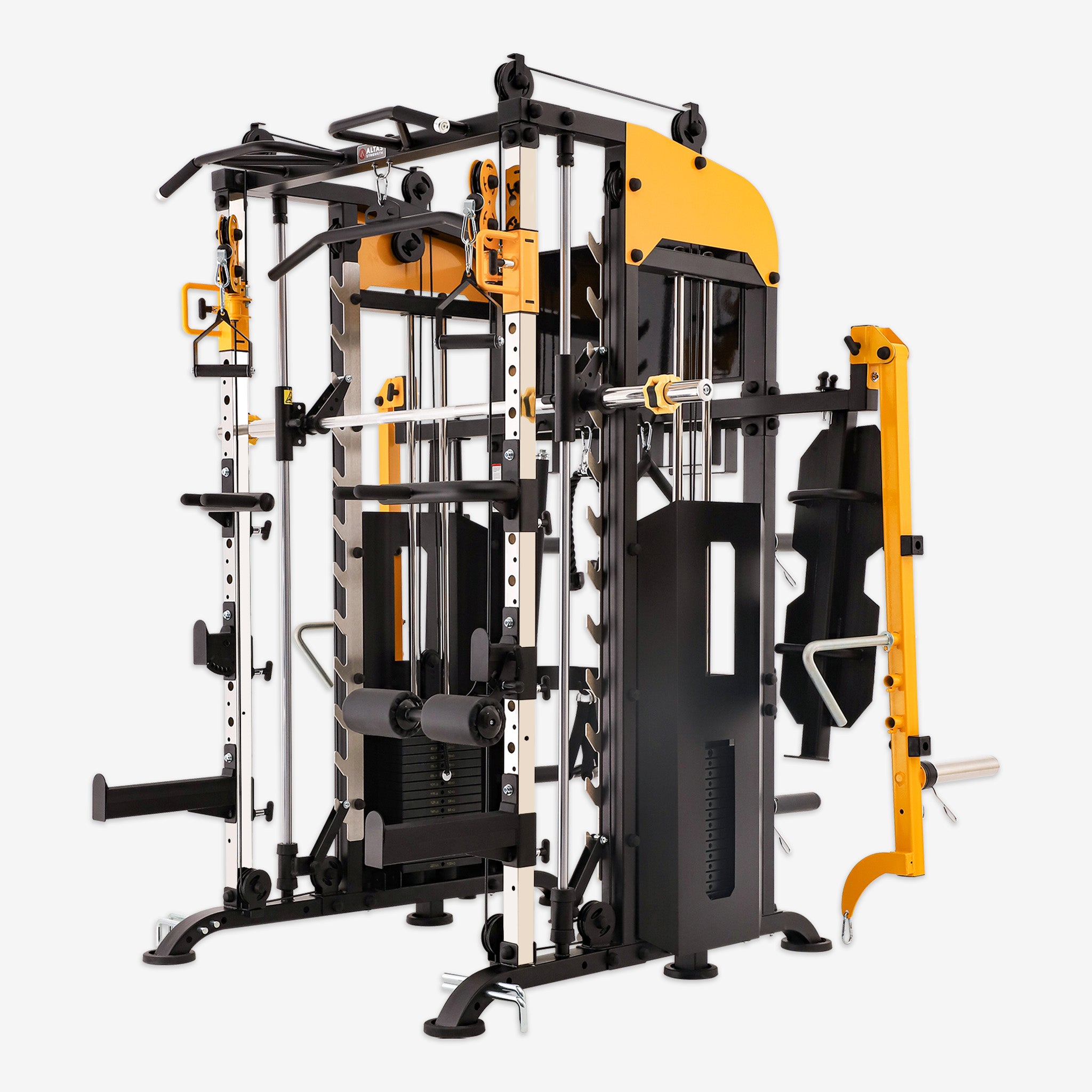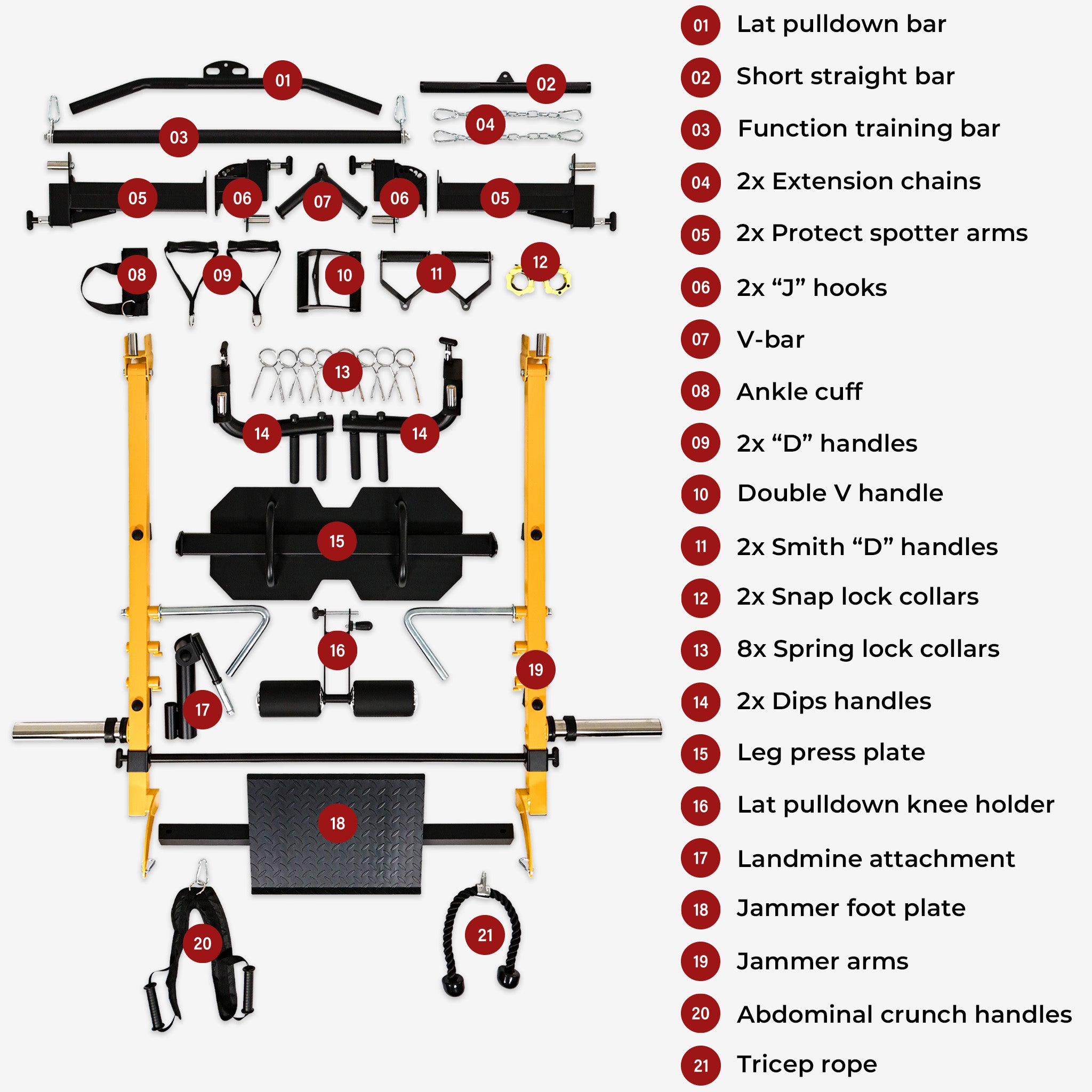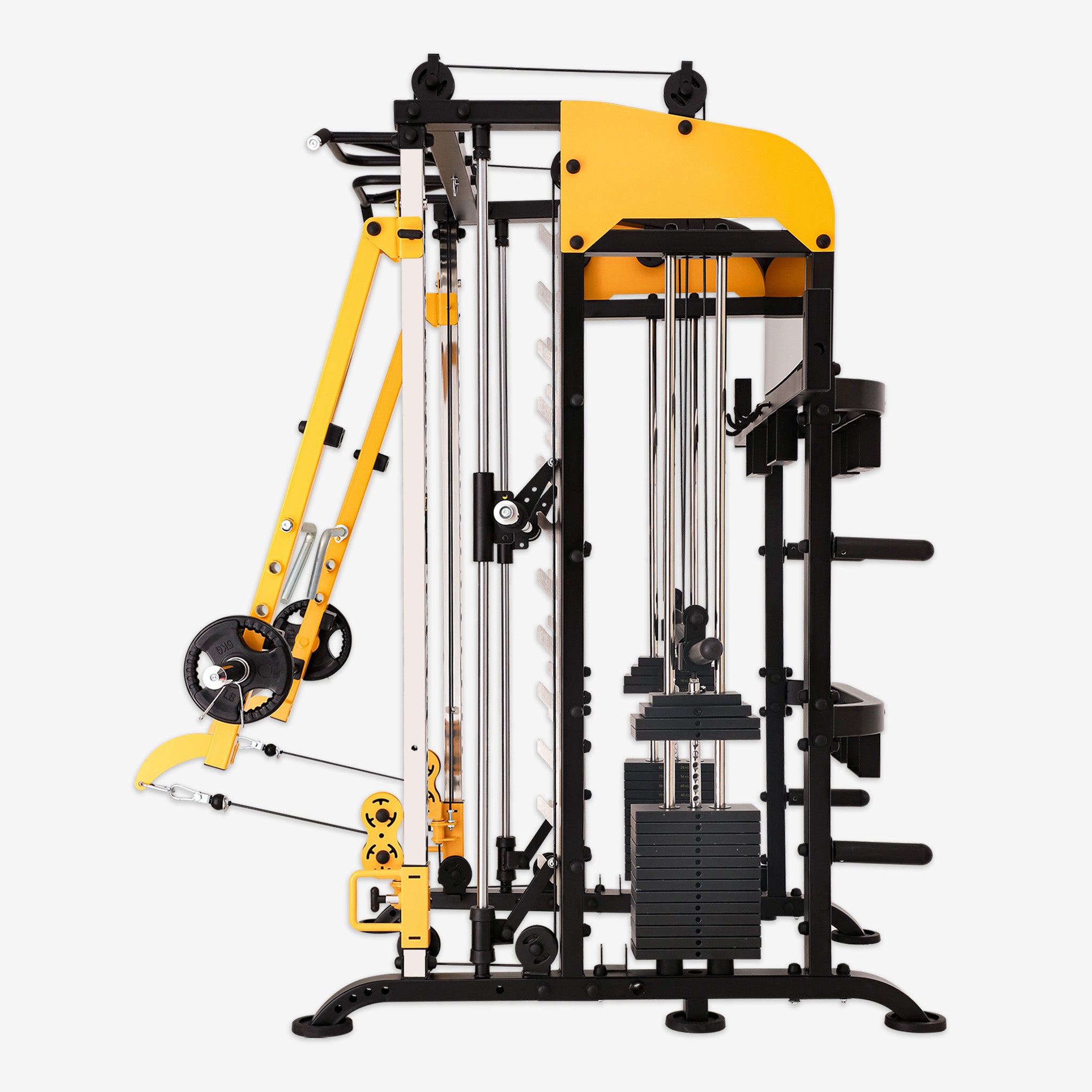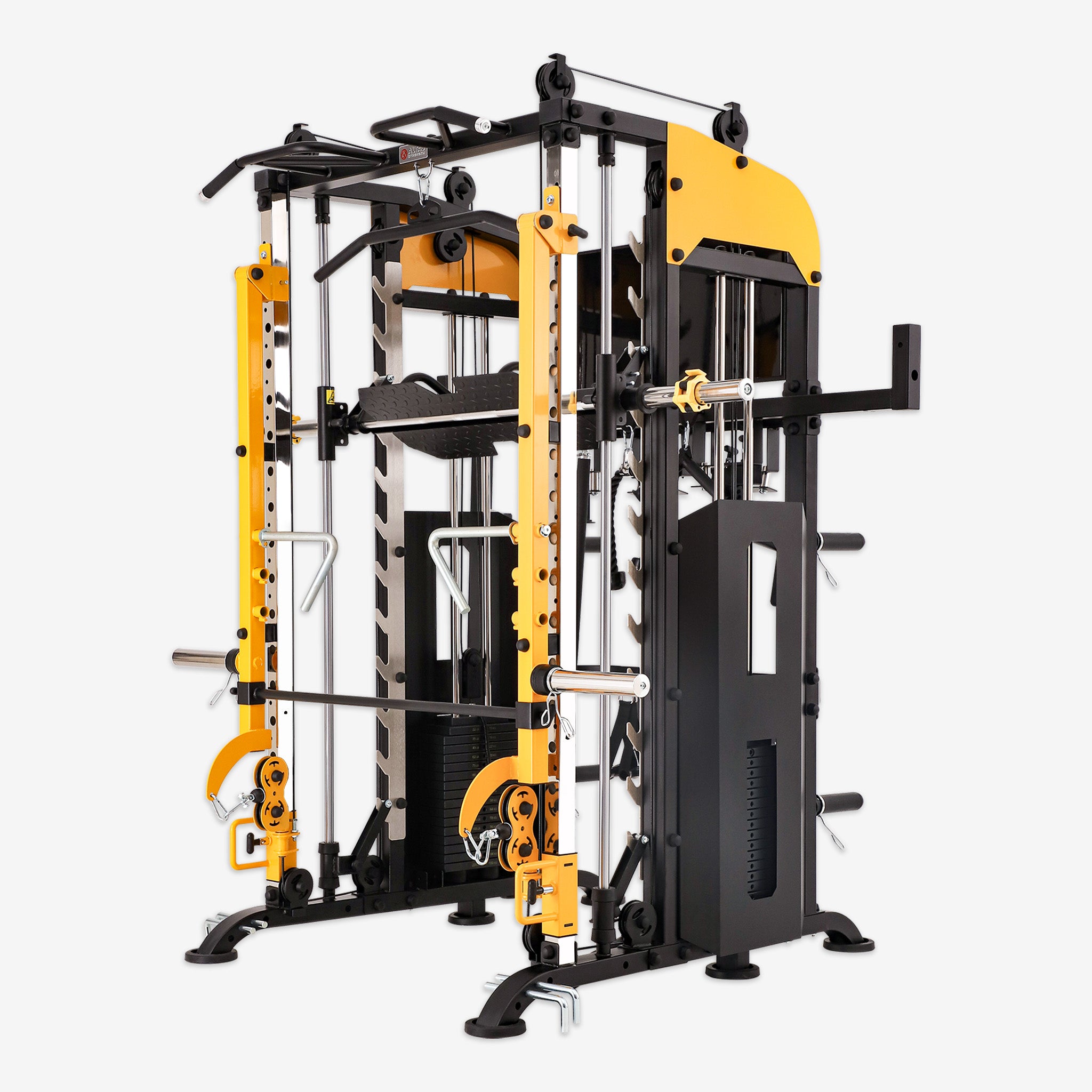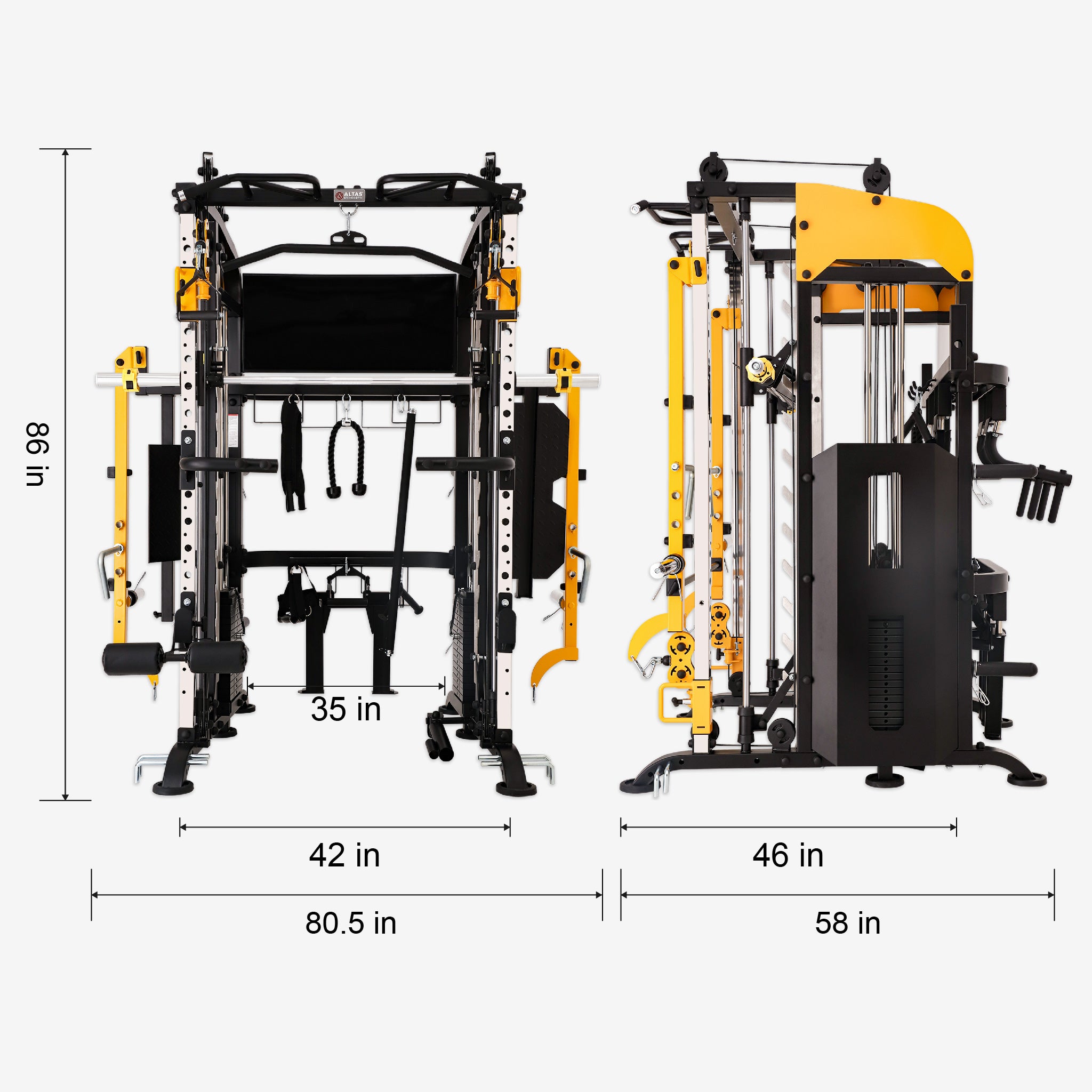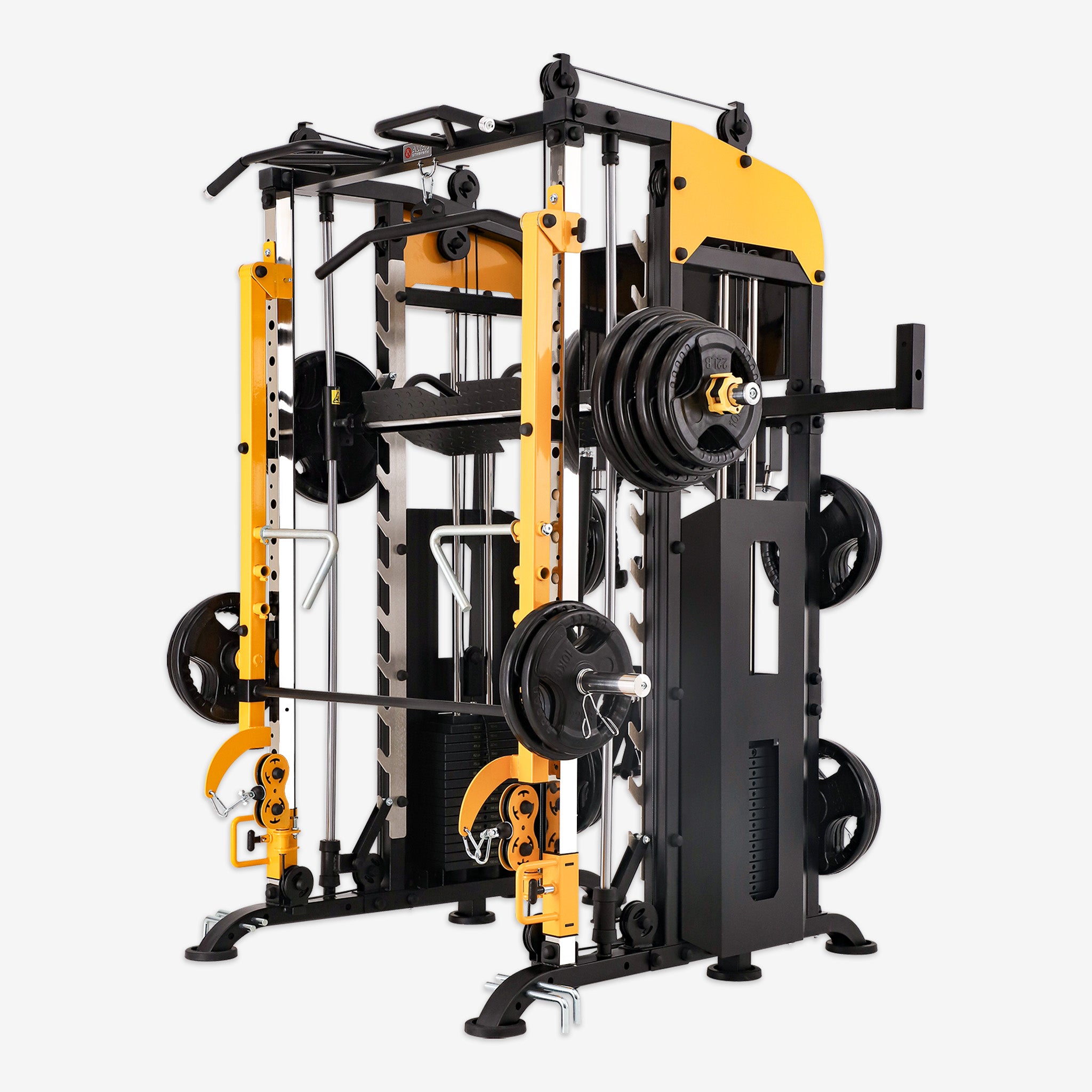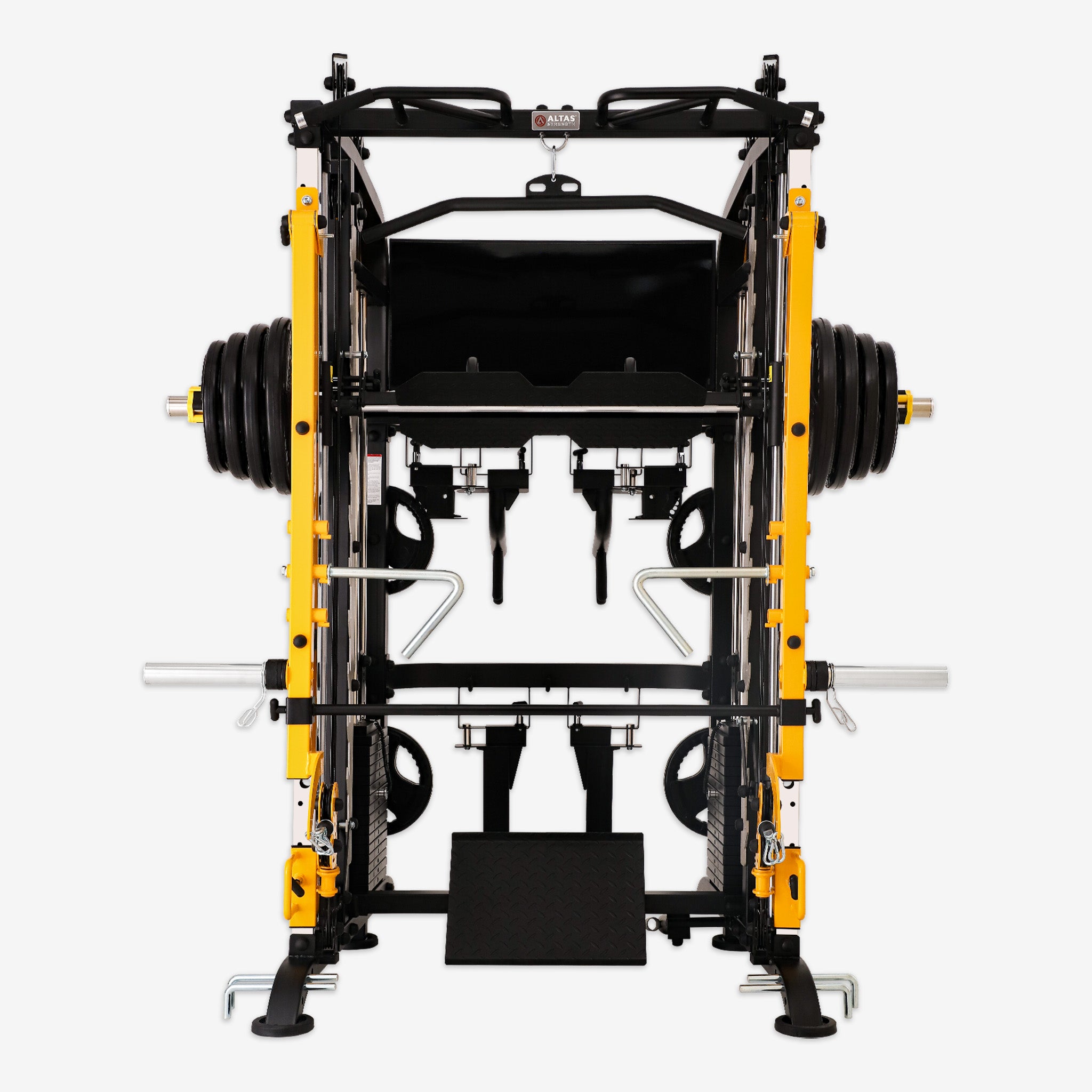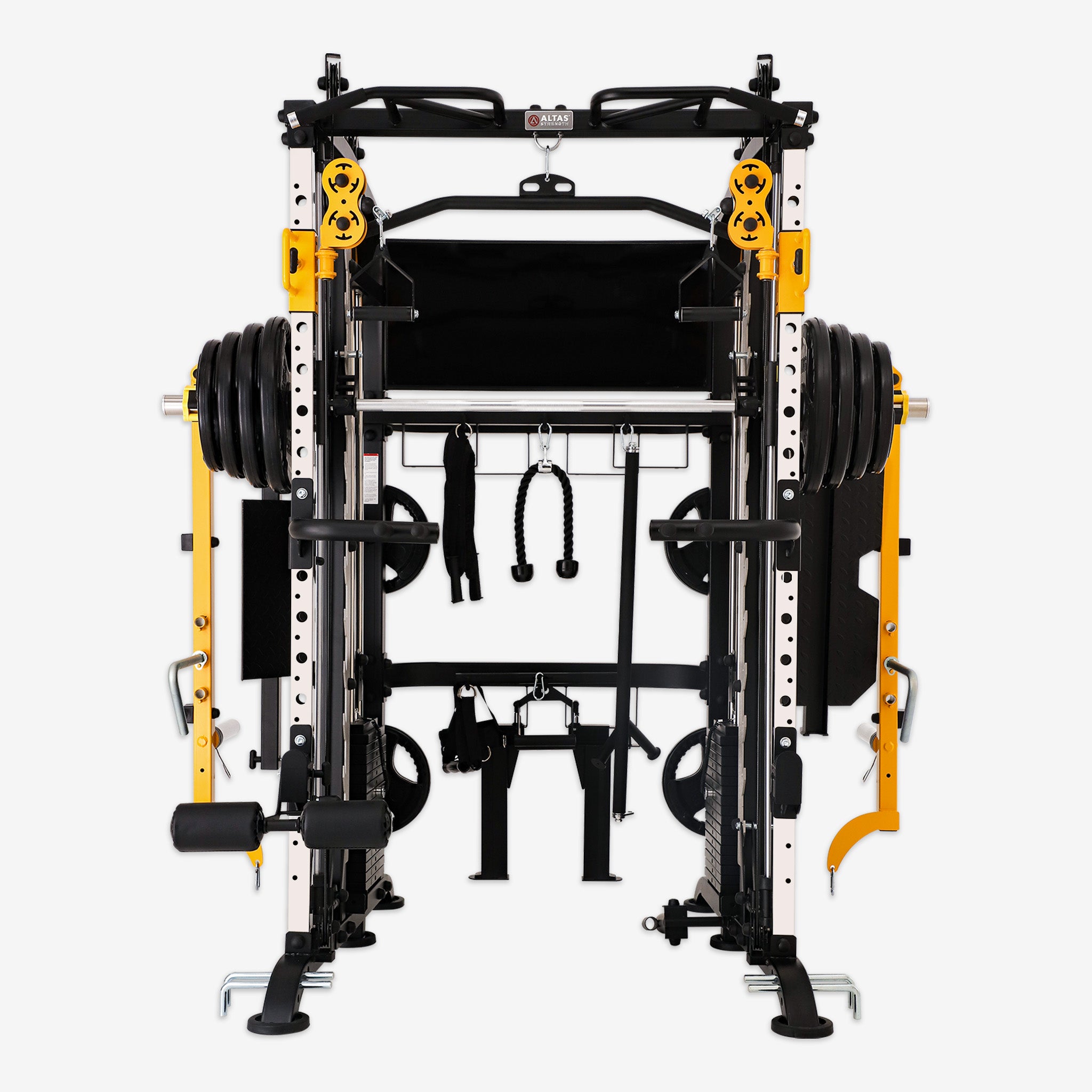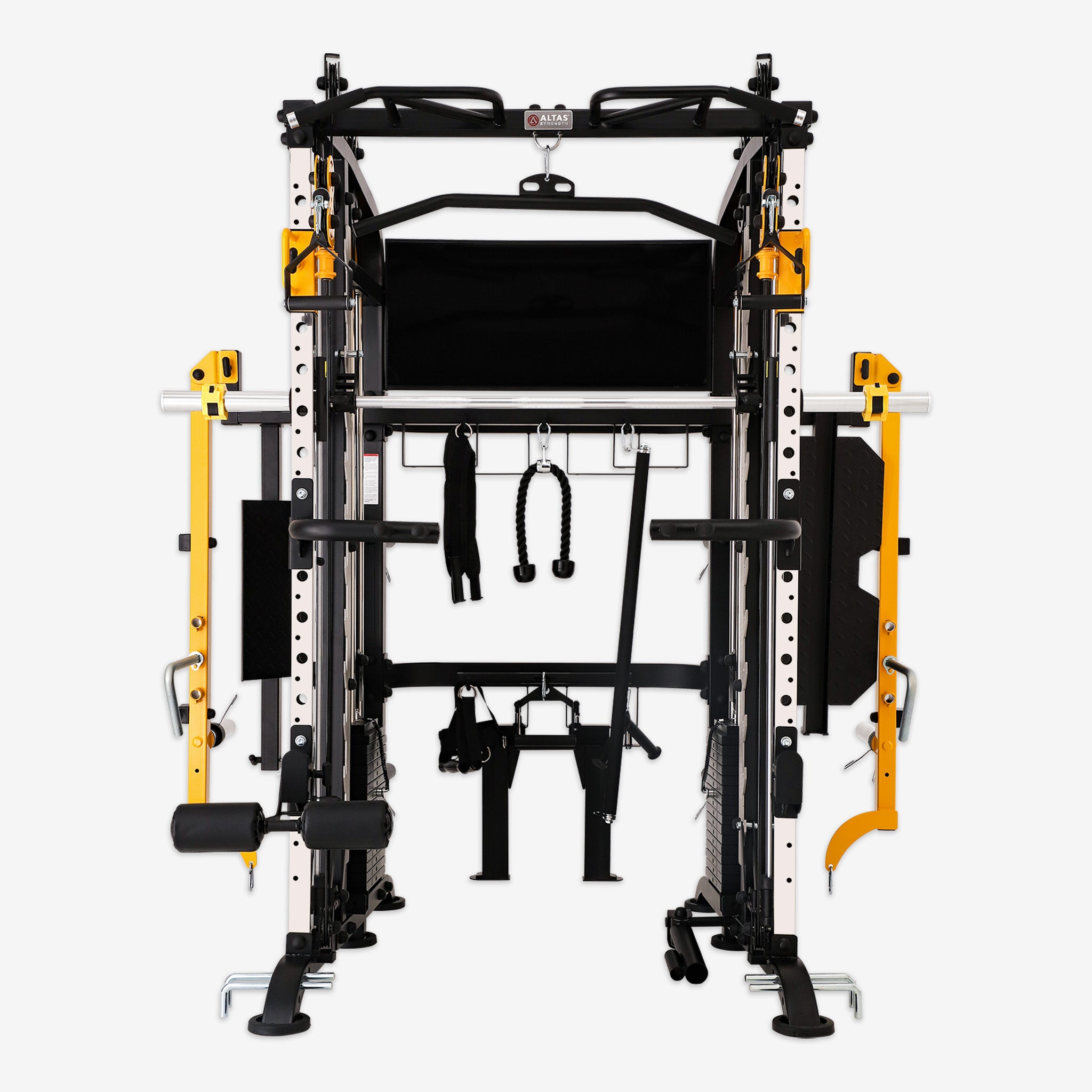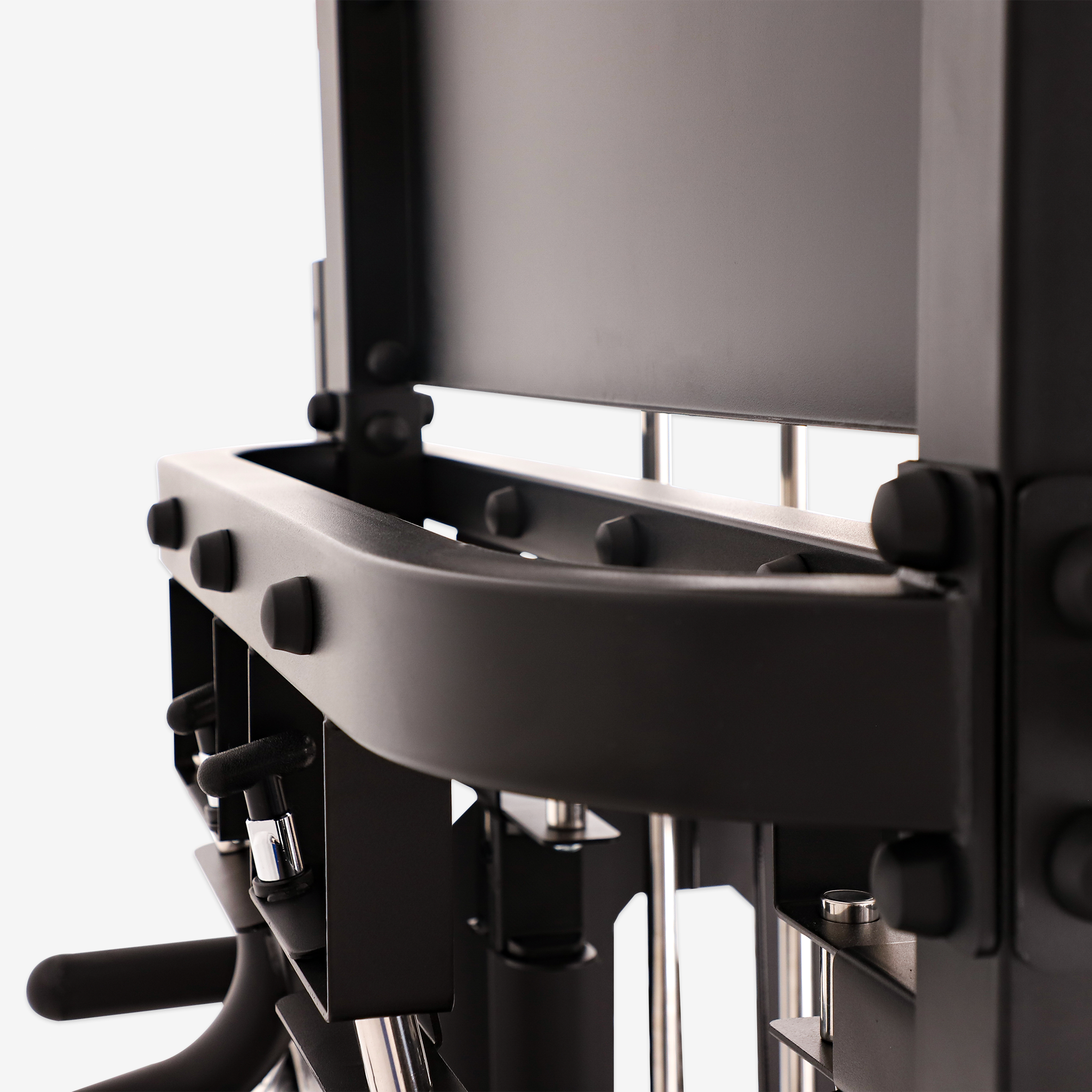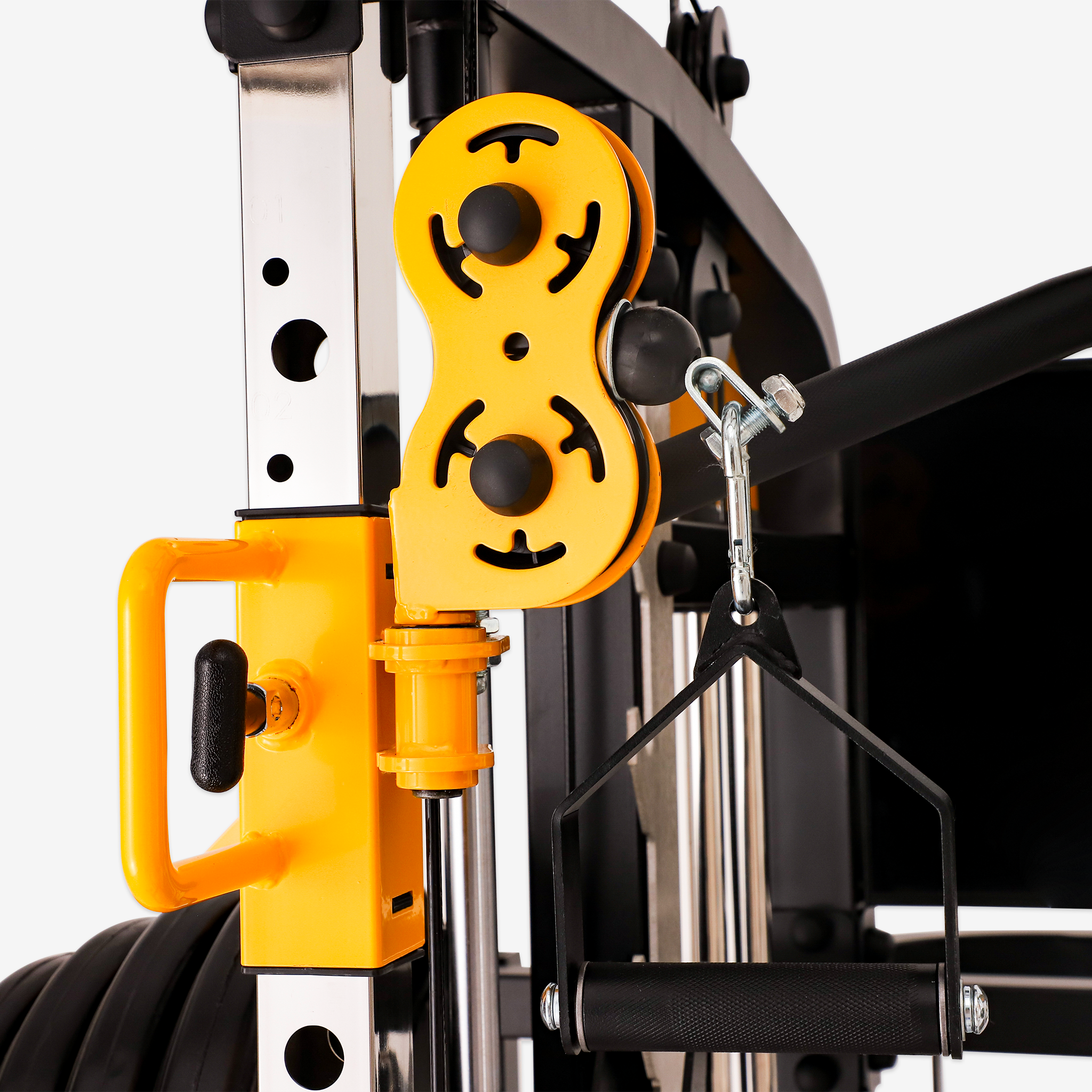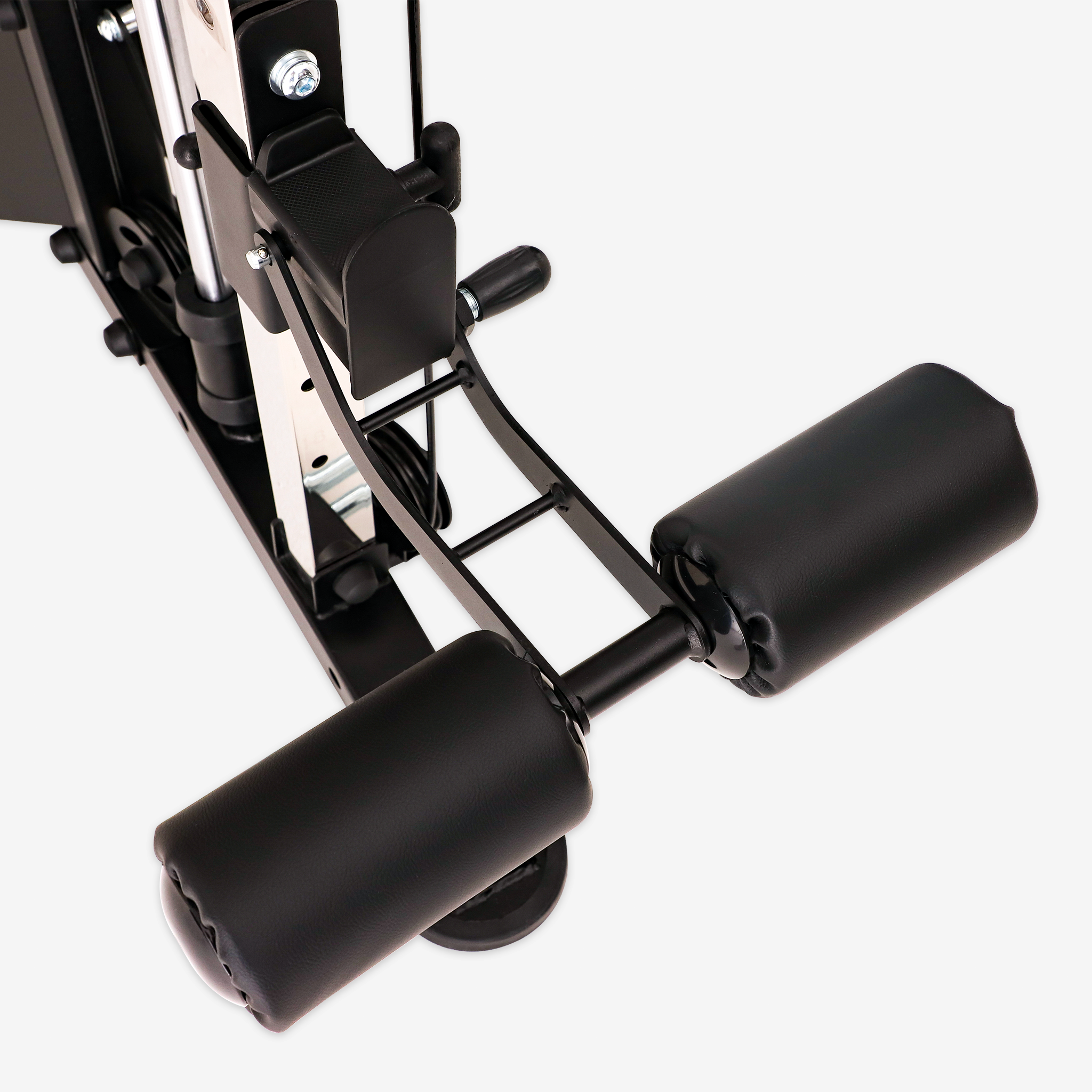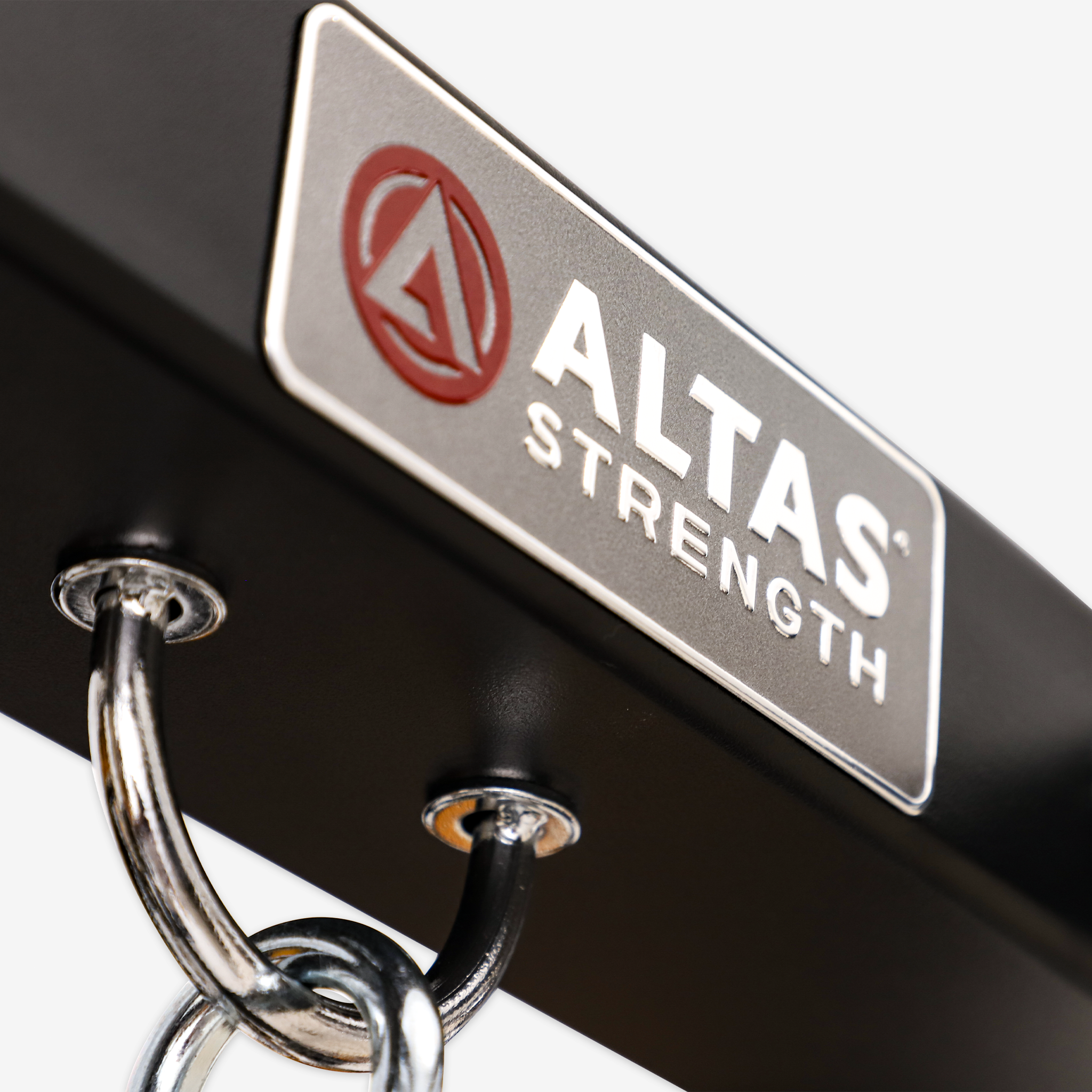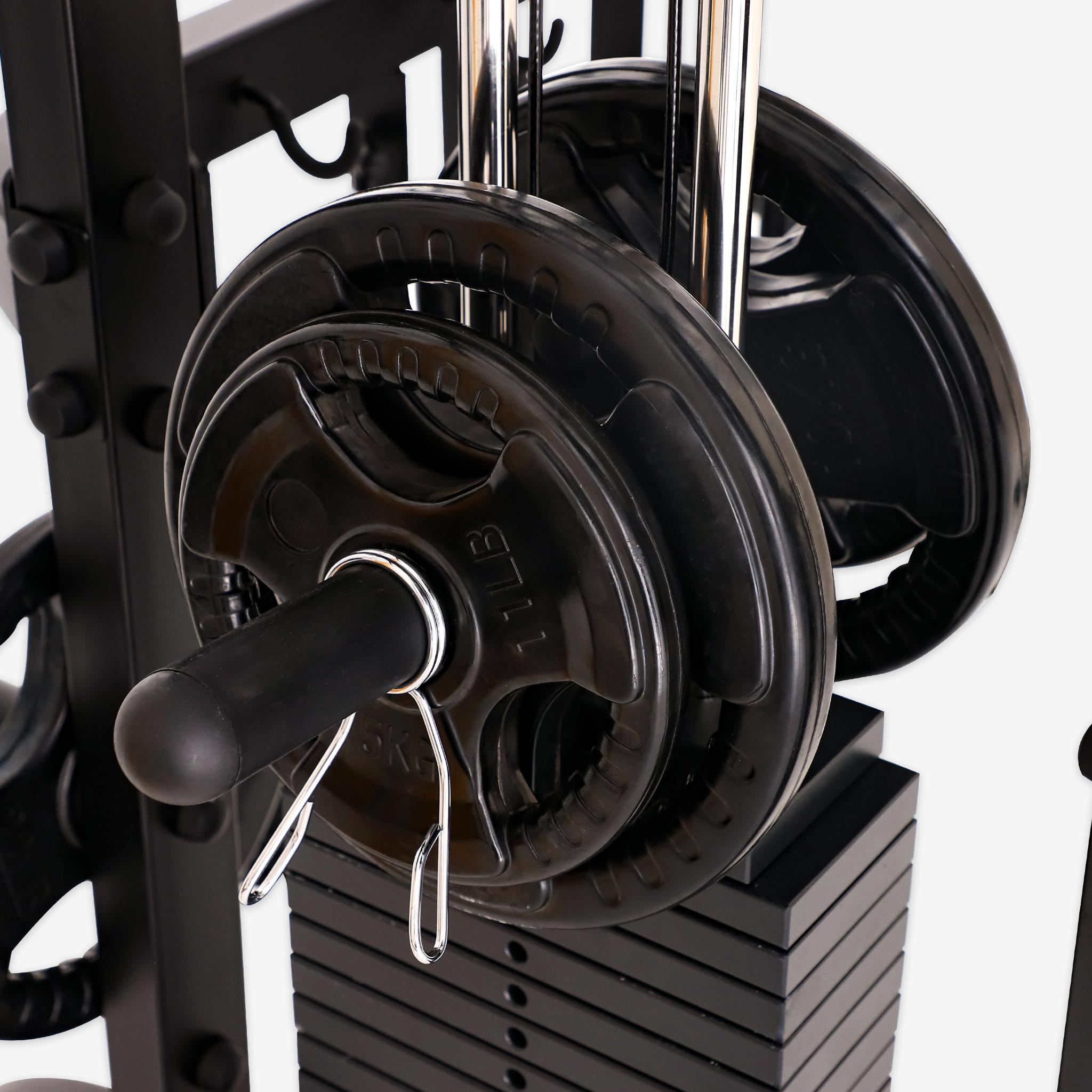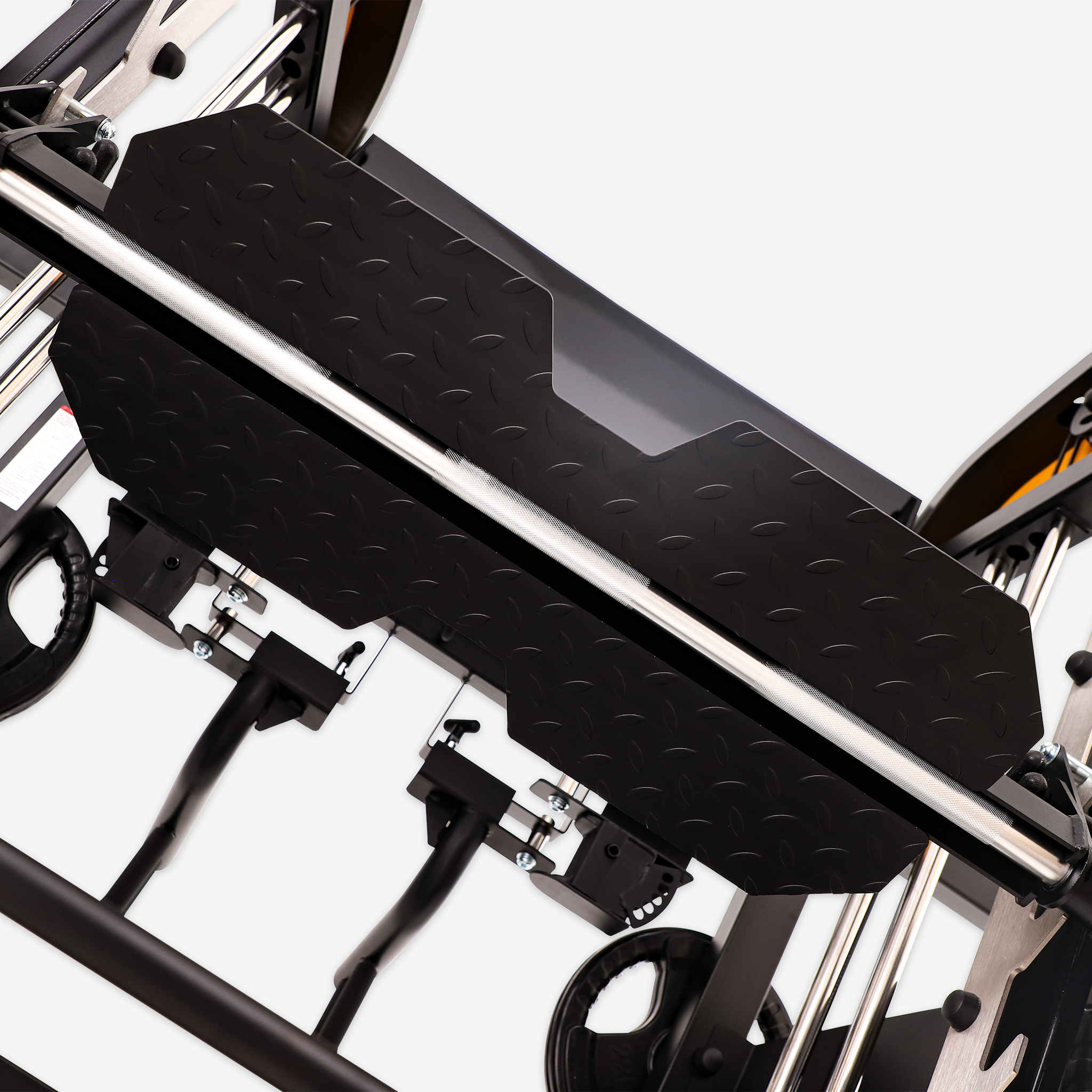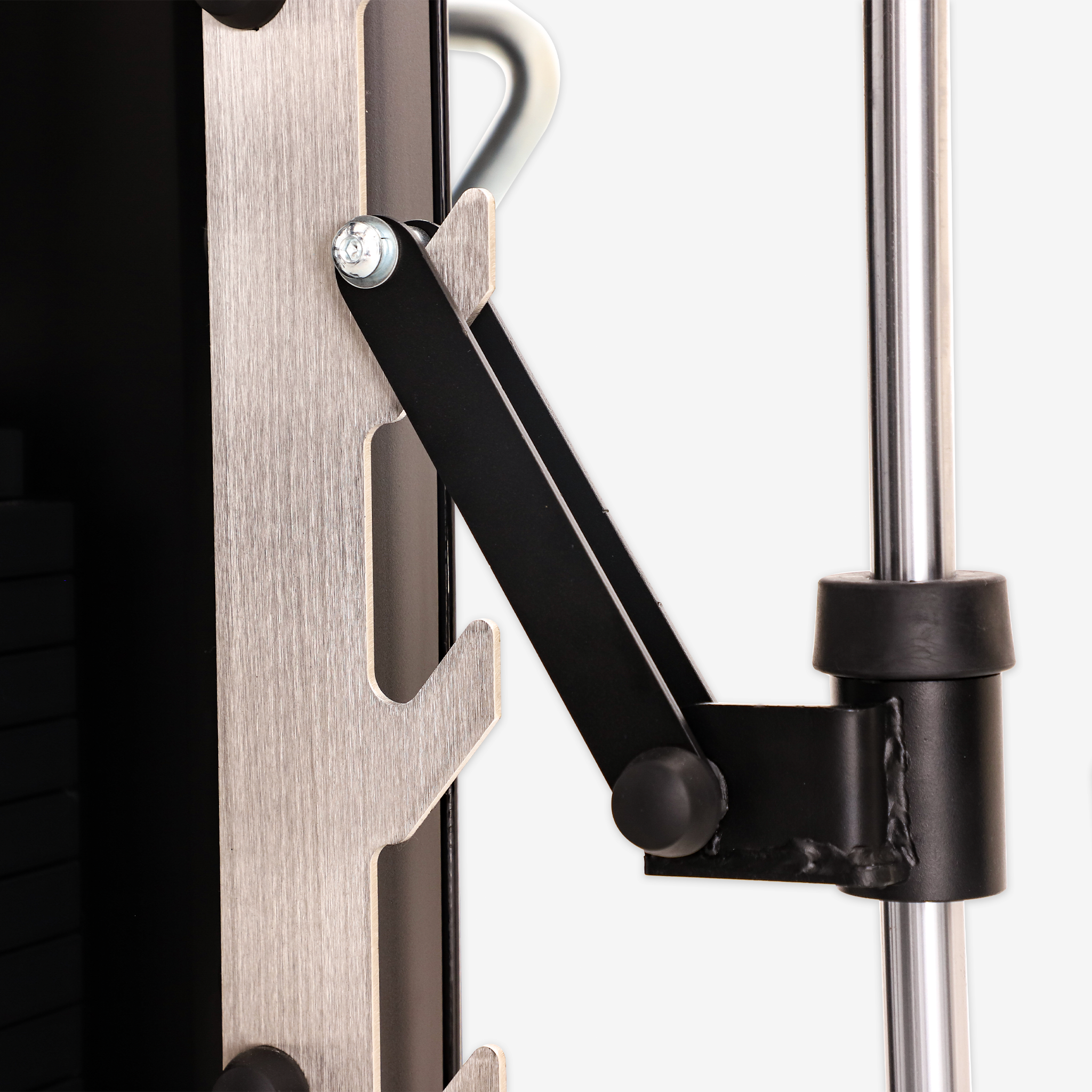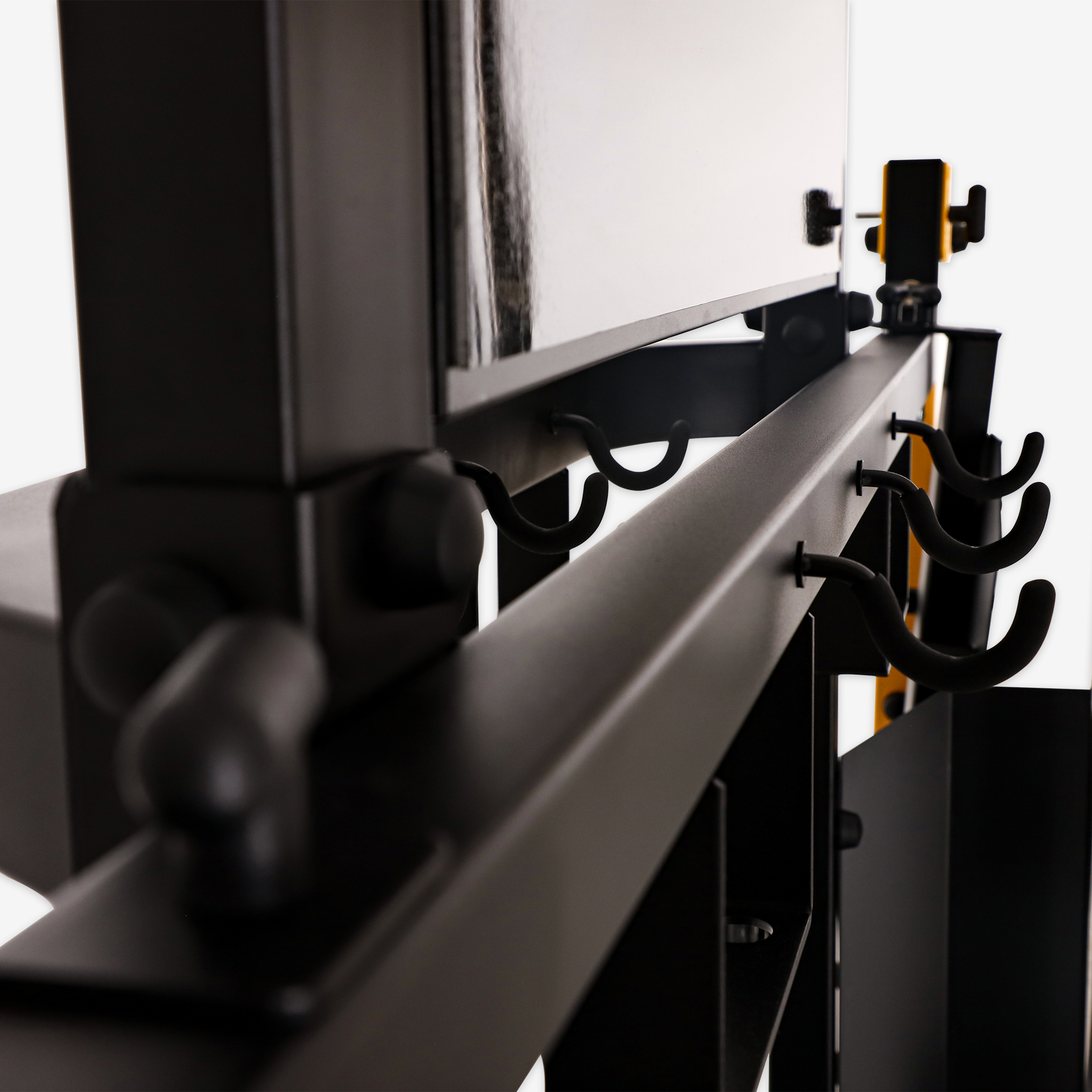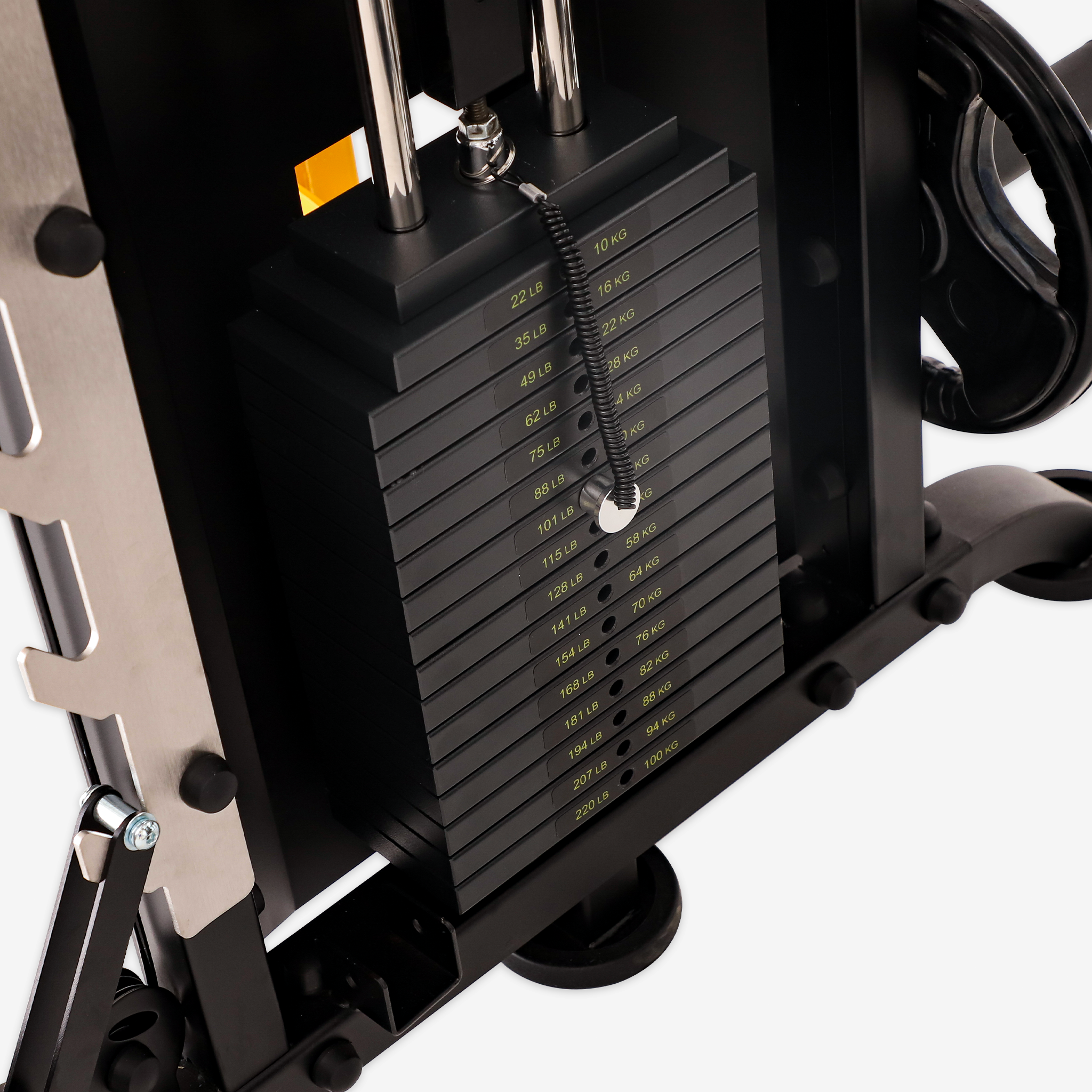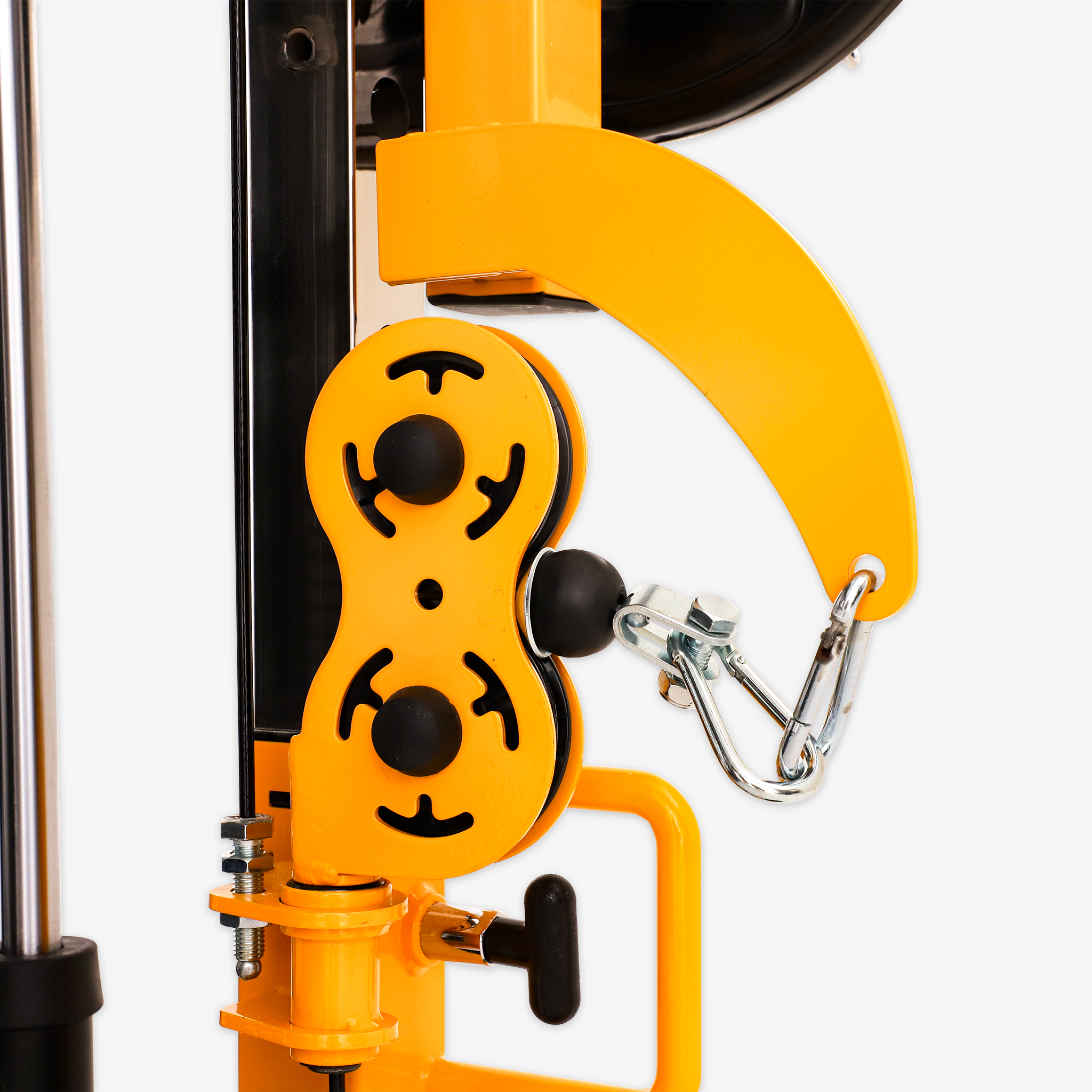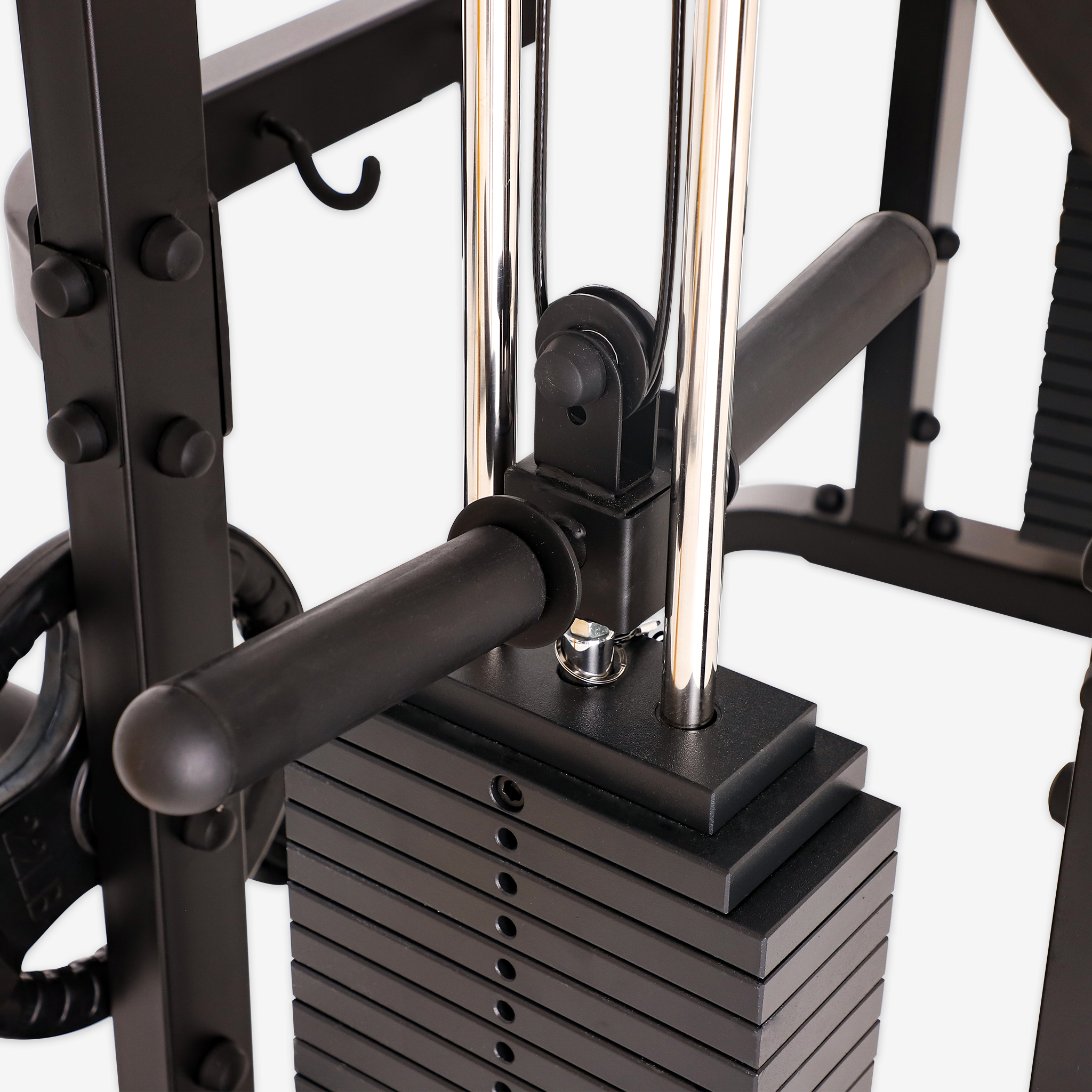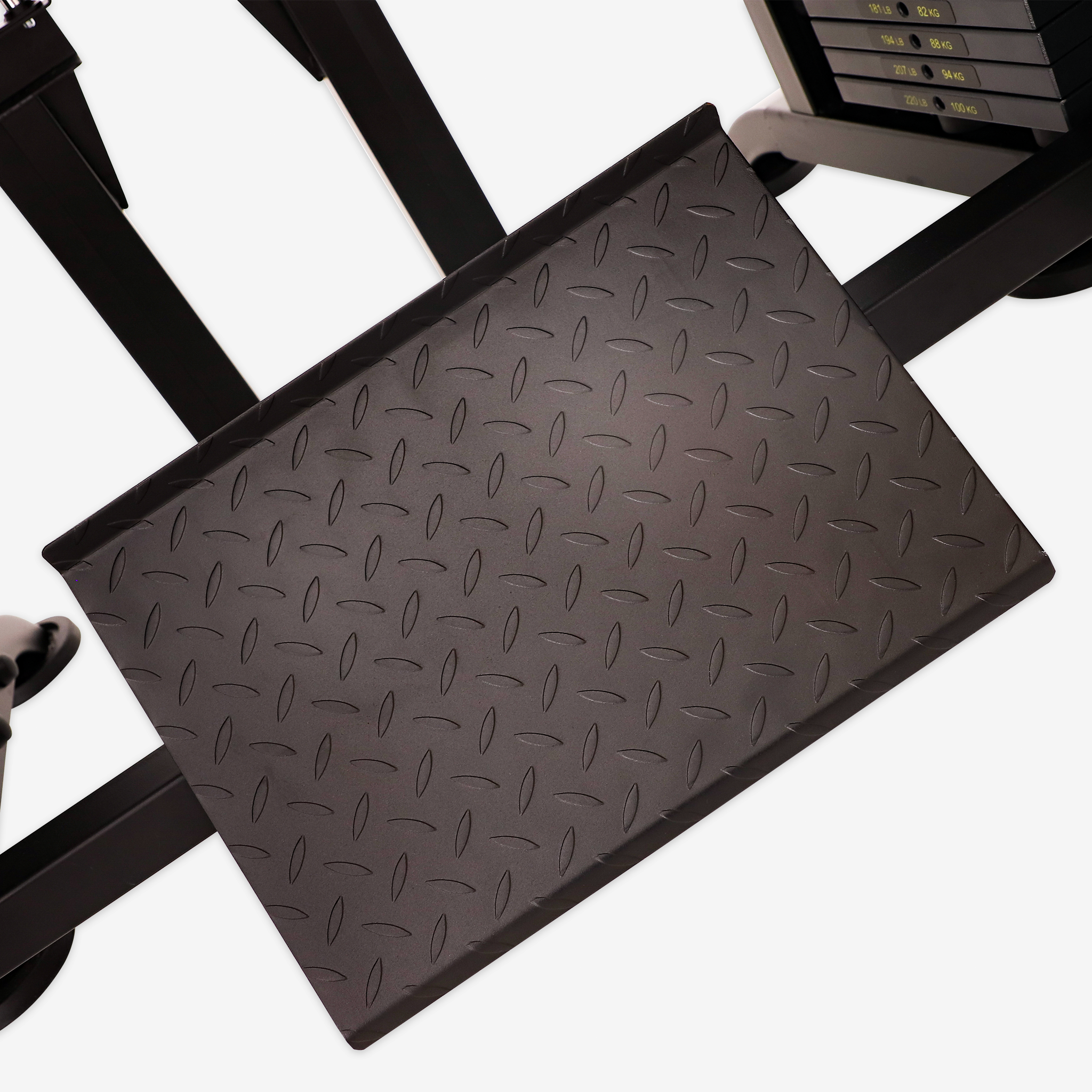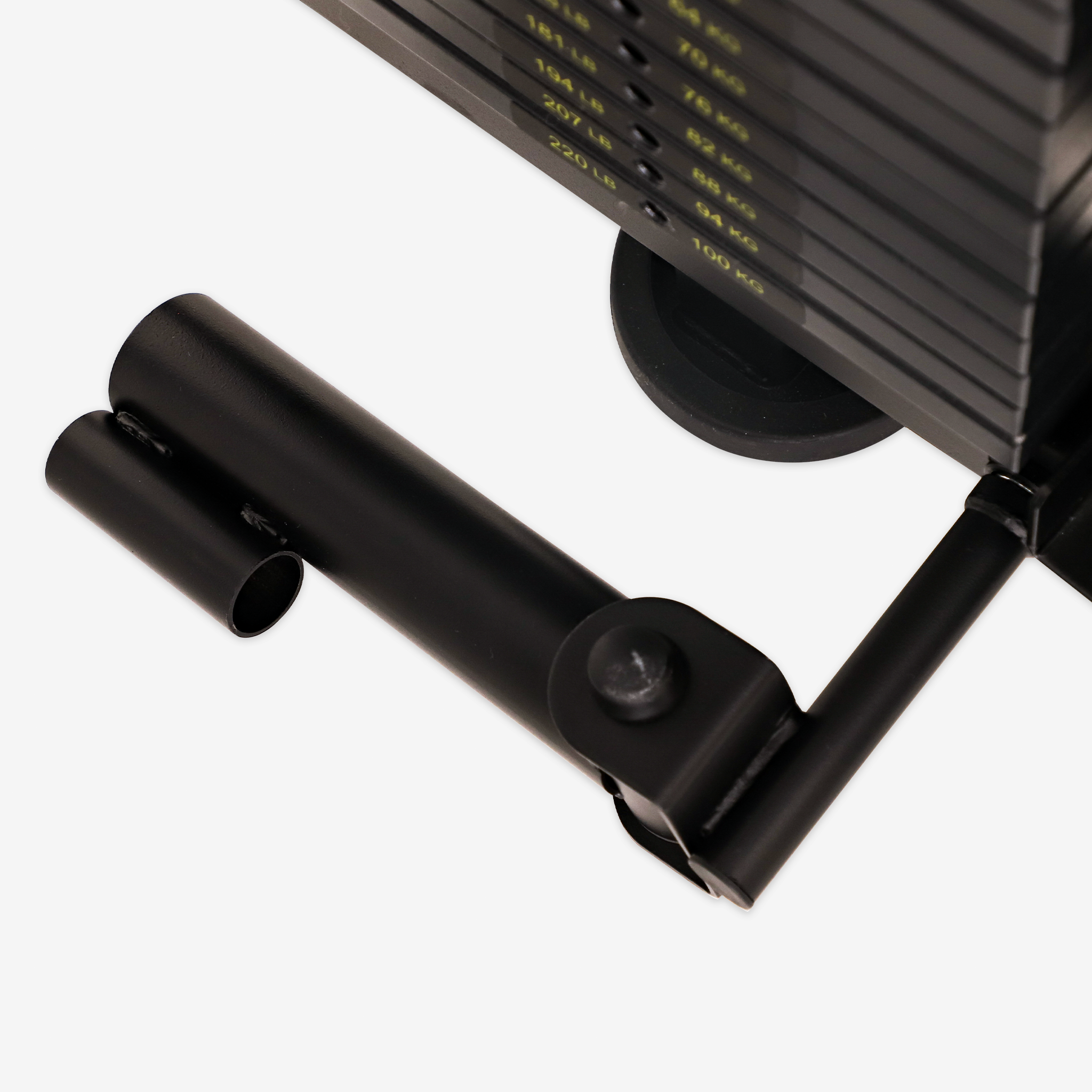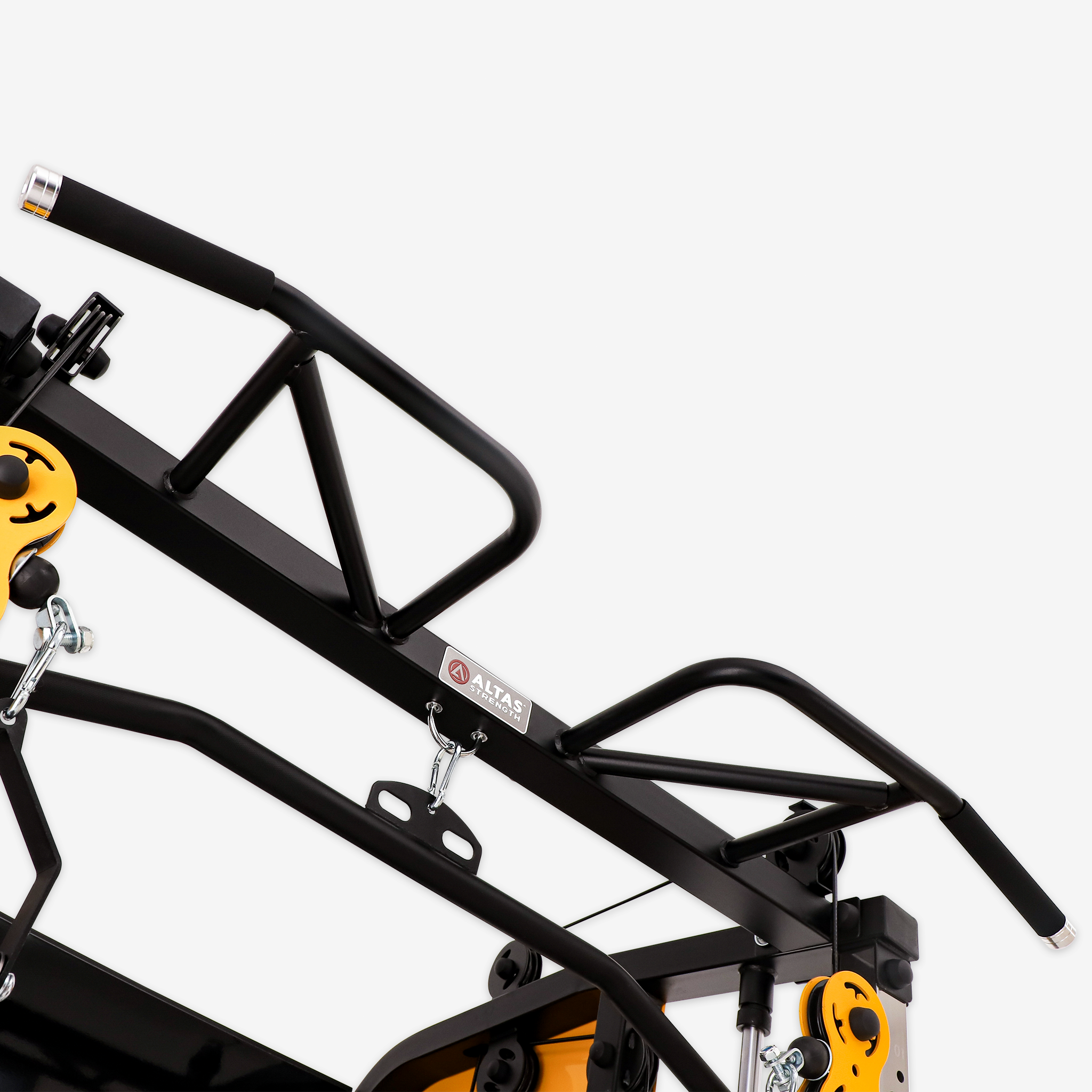In modern gyms, the cable machine has become one of the most popular multi-functional training devices. With features such as constant tension, adjustable angles, and diverse movements, it can meet the training needs of everyone from beginners to professional athletes, becoming a core piece of equipment for achieving full-body strength, shaping, and functional training.
1. What is a Cable Machine?
A cable machine is a strength training device composed of a steel frame, pulley system, and adjustable weight stack. Connected to different handles via cables, users can apply resistance at any height and in any direction, allowing for isolated or compound movements targeting the chest, back, shoulders, arms, legs, and more.
2. Functions and Advantages
- Constant Tension: Cables maintain consistent resistance throughout the entire range of motion, avoiding the "dead spots" of free weights, increasing muscle tension time, and aiding in muscle hypertrophy and strength gain.
- Multi-Angle Training: Pulleys can be adjusted up, down, left, and right, enabling training in different planes, activating more muscle fibers, and enhancing functional strength.
- High Safety: With a pulley system, the weights do not directly press on the body, reducing joint impact and injury risk, making it suitable for rehabilitation training.
- Space Efficiency: One machine can cover multiple muscle groups, saving space, ideal for commercial gyms and home gyms.
- Easy Adjustment: Resistance can be quickly switched via pins or plate loading, allowing for high training efficiency and suitability for high-intensity circuit training.
3. Common Exercises
- Chest: Cable crossover and flyes with adjustable handle height to maintain chest contraction and controlled movement.
- Back: Standing lat pulldown and single-arm row with a straight back and scapular retraction during the pull.
- Shoulders: Lateral raises and rear delt flyes with light weights and high reps to prevent shoulder compensation.
- Biceps: Cable curls with fixed arms to avoid body swinging.
- Glutes and Legs: Cable hip thrusts and hip extensions maintaining neutral back to strengthen the posterior chain.
- Core: Cable rotations and standing knee raises with adjustable cable angles to increase instability, strengthening obliques and rectus abdominis.
4. Conclusion
With its unique advantages of full-body, multi-angle, constant tension and safety, space-saving design, the cable machine has become an indispensable core piece of equipment in modern gyms. Whether your goal is to increase strength, shape your body, or perform functional rehabilitation training, selecting and using a cable machine correctly can help you achieve efficient and safe results.

